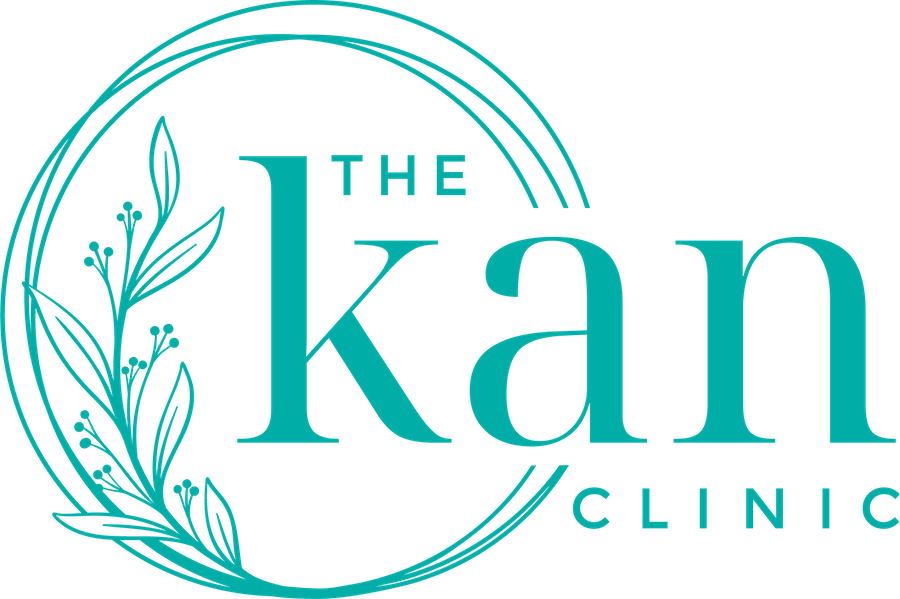Childhood Asthma – Can diet help?
Asthma can generally be divided into allergic or non-allergic asthma. Both types involve hyperresponsive airways resulting in wheezing, chest tightness, mucous production, cough, and intermittent shortness of breath.
Childhood asthma is most commonly allergic asthma, where exposure to allergens causes airway hyper-reactivity and a cascade of inflammatory events leading to breathing difficulty. This hyper- immune reactivity results from a complex combination of both genetic and environmental factors.
While many children may grow out of symptoms as they get older, to prevent initial asthma onset and to reduce the frequency and severity of asthma symptoms, diet and nutritional support can be effective.
Food sensitivities can be an asthma trigger, with dairy, eggs, chocolate, soy, corn, rice and apple common culprits along with salicylates (natural compounds found in plant foods), food colours and additives. Sulphites are another common trigger. These compounds occur naturally in some foods but are also added to pro-long shelf life and maintain food colour, in items like cordials, dried fruit and sausages. A food diary or elimination diet (supported by a qualified nutrition practitioner) can help identify individual triggers which can vary from child to child.
More generally, adherence to a traditional Mediterranean diet has been shown to reduce risk of asthma in children by up to 80%. Its protective benefits include
• reducing incidence of asthma attacks
• reducing requirement for bronchodilators and corticosteroid medications
• reducing hospitalisations.
The Mediterranean diet is a wholefood diet of fresh fruit and vegetables, nuts, seeds, olives and olive oil, wholegrains, fish, and seafood. It includes only small amounts of red meat and dairy. The diet is low in salt, using herbs and spices for flavour instead.
A number of research studies have identified key characteristics of this diet that make it beneficial for childhood asthma.
• Fresh fruits and vegetables – The higher the total intake of fruits and vegetables, the lower the risk of asthma in children (Seyedrezazadeh et al., 2014).
• Fish and seafood – An overall beneficial effect on asthma has been observed with regular fish intake in children, and specifically oily fish (high in omega-3) in older children (Papamichael et al., 2018).
• Fibre – Studies have found that higher dietary total fibre intake (from wholegrain cereals, fruit, vegetables) has protective effects for asthma prevention and symptom severity (Andrianasolo et al., 2019).
• Salt - High salt intake increases asthma risk in children (Russo et al., 2019).
Eating 2 servings (around 140g per serve) of oily fish (such as salmon or sardines) increases omega-3 intake and can reduce the frequency and severity of asthma attacks by helping to calm immune hyper-sensitivity and airway inflammation
Fruit and vegetables are rich in vitamins, minerals, fibre, and plant compounds such as flavonoids, all resulting in a combined synergistic action reducing wheezing and asthma symptoms (Seyedrezazadeh et al., 2014). It is recommended to eat a minimum of 5 servings of fresh fruit and vegetables per day.
Quercetin, a compound found in a wide variety of fruits and vegetables has been found in numerous studies to have antioxidant, anti-inflammatory, anti-allergy and immune-modulating effects and several mechanisms in the body which support its benefits for allergic asthma. So be sure to add some quercetin rich options in your daily fruit and vegetable selection.
In addition to diet, there are a number of other factors we address when supporting asthma naturopathically. To find out more, book a free 15 min discovery call or naturopathy consultation (face to face in Graceville, Brisbane or Online via Zoom)
References:
Andrianasolo, R. M., Hercberg, S., Kesse-Guyot, E., Druesne-Pecollo, N., Touvier, M., Galan, P., & Varraso, R. (2019). Association between dietary fibre intake and asthma (symptoms and control): Results from the French national e-cohort NutriNet-Santé. The British Journal of Nutrition, 122(9), 1040–1051. http://dx.doi.org.ezproxy.endeavour.edu.au/10.1017/S0007114519001843
Calatayud-Sáez, F. M., Calatayud Moscoso del Prado, B., Gallego Fernández-Pacheco, J. G., González-Martín, C., & Alguacil Merino, L. F. (2016). Mediterranean diet and childhood asthma. Allergologia et Immunopathologia, 44(2), 99–105. https://doi.org/10.1016/j.aller.2015.04.007
Casas, R., Sacanella, E., & Estruch, R. (2014). The immune protective effect of the Mediterranean diet against chronic low-grade inflammatory diseases. Endocrine, Metabolic & Immune Disorders Drug Targets, 14(4), 245–254. https://doi.org/10.2174/1871530314666140922153350
Food Standards Australia New Zealand. (2019). Sulphites. https://www.foodstandards.gov.au/consumer/additives/sulphite/Pages/default.aspx
Fortunato, L. R., Alves, C. de F., Teixeira, M. M., & Rogerio, A. P. (2012). Quercetin: A flavonoid with the potential to treat asthma. Brazilian Journal of Pharmaceutical Sciences, 48(4), 589–599. https://doi.org/10.1590/S1984-82502012000400002
Mlcek, J., Jurikova, T., Skrovankova, S., & Sochor, J. (2016). Quercetin and its anti-allergic immune response. Molecules, 21(5), 623. https://doi.org/10.3390/molecules21050623
National Health and Medical Research Council. (2015). Serve sizes. https://www.eatforhealth.gov.au/food-essentials/how-much-do-we-need-each-day/serve-sizes
Papamichael, M. M., Shrestha, S. K., Itsiopoulos, C., & Erbas, B. (2018). The role of fish intake on asthma in children: A meta-analysis of observational studies. Pediatric Allergy and Immunology, 29(4), 350–360. https://doi.org/10.1111/pai.12889
Ross, A. C., Caballero, B., Cousins, R. J., Tucker, K. L., & Ziegler, T. R. (2012). Modern nutrition in health and disease (11th ed.). Lippincott Williams & Wilkins.
Russo, M. D., Grutta, S. L., Cilluffo, G., Fasola, S., Montalbano, L., Ferrante, G., Malizia, V., & Lauria, F. (2019). Salt intake and asthma in children and adolescents. Nutrition, Metabolism and Cardiovascular Diseases, 29(8), 877. https://doi.org/10.1016/j.numecd.2019.05.025
Sarris, J., & Wardle, J. (2019). Clinical naturopathy: An evidence-based guide to practice (3rd ed.). Elsevier Australia.
Seyedrezazadeh, E., Pour Moghaddam, M., Ansarin, K., Reza Vafa, M., Sharma, S., & Kolahdooz, F. (2014). Fruit and vegetable intake and risk of wheezing and asthma: A systematic review and meta-analysis. Nutrition Reviews, 72(7), 411–428. https://doi.org/10.1111/nure.12121
Ulusoy, H. G., & Sanlier, N. (2020). A minireview of quercetin: From its metabolism to possible mechanisms of its biological activities. Critical Reviews in Food Science and Nutrition, 60(19), 3290–3303. https://doi.org/10.1080/10408398.2019.1683810



